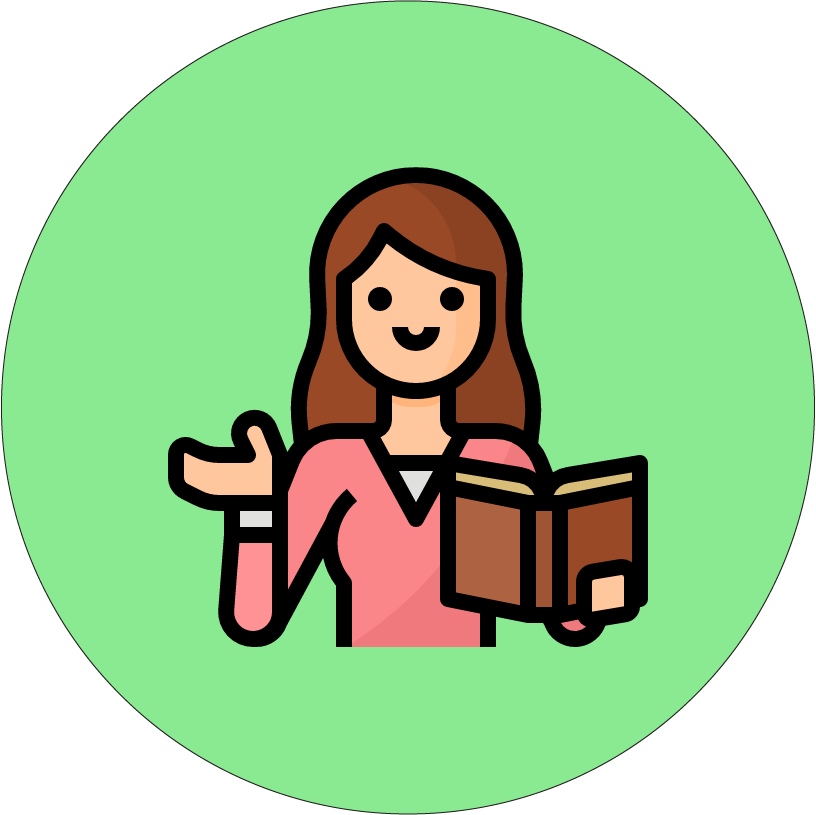Sabka Educational Resources
Overview
I founded Sabka, a complementary learning management system, to enhance student engagement with faculty and amongst each other that works on both mobile and flaky internet connection aimed at reducing the digital divide and student truancy that the COVID 19 pandemic has brought upon us. Don't want to read? You can watch this 2 minute video instead?
The Problem
While digital inequities existed and impacted students before COVID-19, the shutdown of physical school buildings has exacerbated them and brought necessary attention to the issue. This Digital Divide is one manifestation of inequity in education and describes the gap between students who have sufficient access to and knowledge of technology to succeed academically, and those who do not. The resiliency of educational systems across the world has been tested during this pandemic, and those students most impacted by the Digital Divide have faced the biggest challenges in continuity of learning.
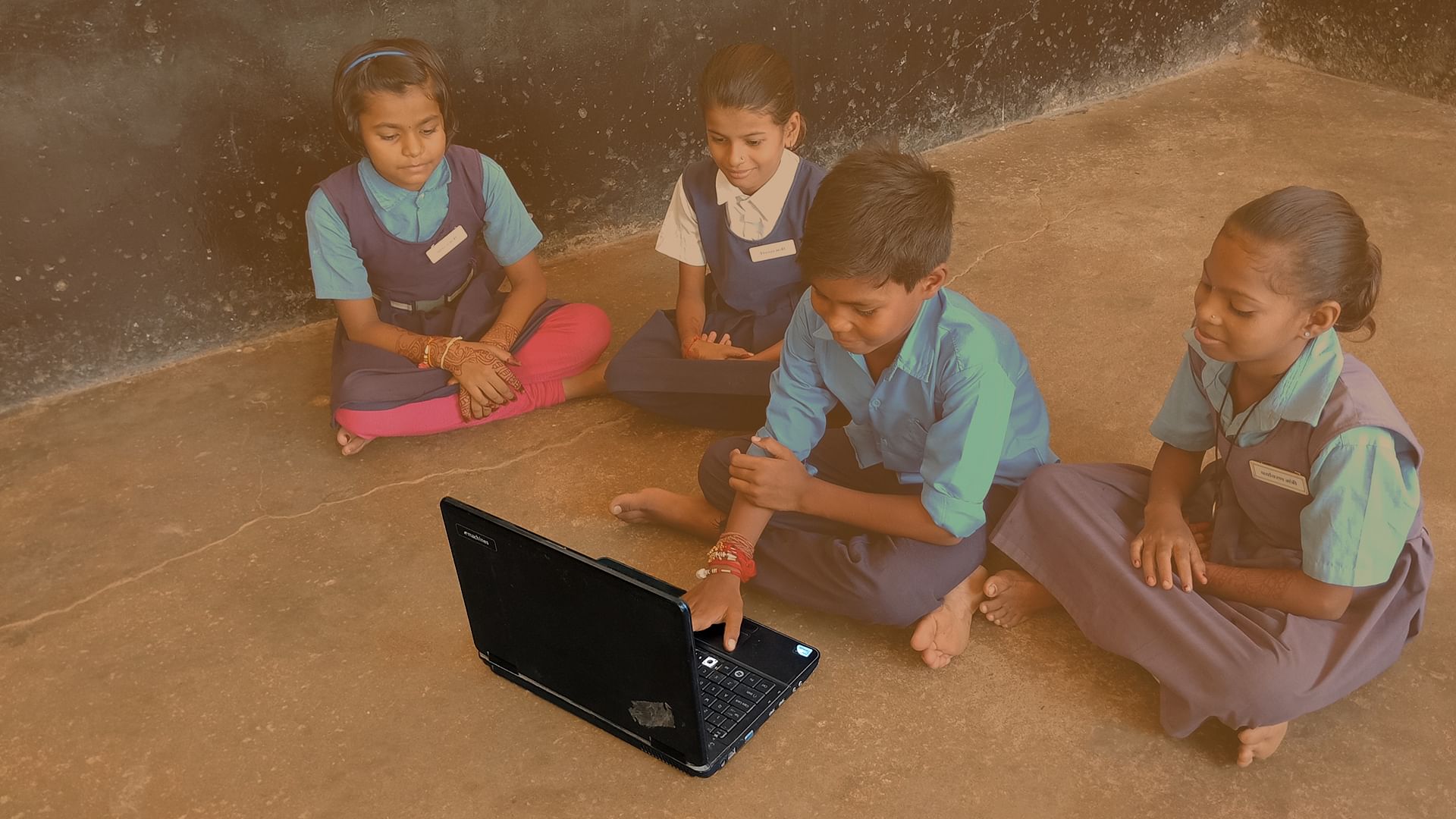
Process
My path for the project is, customer discovery, followed by my brainstorming, then a review of the market and competitors. Then I created a prototype in figma and tested it with potential users. Finally, I developed a Minimal Viable Product(MVP).

User discovery
-
I reached out to potential users of Sabka. These were school students with limited means enrolled in classes K-12. By extension, I got to interview their parents and their teachers. I conducted over 40 interviews with high school students, teachers and parents to learn about their pain points, motivation, and goals. While students are the primary users, teachers are also strongly challenged by the sudden movement to online learning. Here are some highlights from my interviews and survey responses:
Market Research
Online learning industry has boosted drastically over the year 2020, and the Learning Management System industry is estimated to be over 25B in value. I evaluated the top LMSs, namely, Canvas, Google Classroom, Blackboard and compared them to in person teaching in this table. While the online LMSs have come a long way to make remote learning possible, they often rely on resources still not available to everyone. The biggest resources that these use are stable internet connection and a big screen such as laptop or tablets.

Student interface
Based on my learnings from initial need finding interviews and survey responses, I created a Figma prototype to test the usability and intuit of different solutions. These varied from email, SMS, canvas/ google classroom notifications, etc. After a few iterations, it became clear that instant messengers were the most appealing option for students. The reason behind this was that instant messenger is already an integral part of the students life. An increased interaction in here leads to more student engagement.
Play with the whastapp bot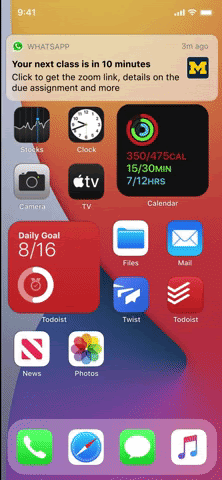
Teachers Interface
Sabka Teachers Dashboard pulls all the questions that the chat couldn't answer in student conversations and cumulates it here. This is an easy way for a teacher to follow each student's story, academic history, reports, queries, and assignment extensions. This is a Django based web application that I built over the course of 2 months. This website has a simple dashboard interface in order to reduce any further learning curve for teachers.
Check out the Teachers Dashboard here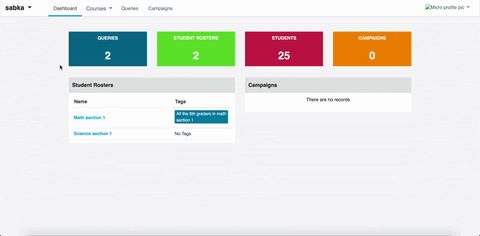
Sabka Landing page
While reaching out to research participants and users, I found it incredibly helpful to share a landing page for Sabka to explain the product and how it can be useful. This landing page immidiately increased the traffic and interest in Sabka and played an instrumental role in creating a brand awareness.
Visit the landing page for Sabka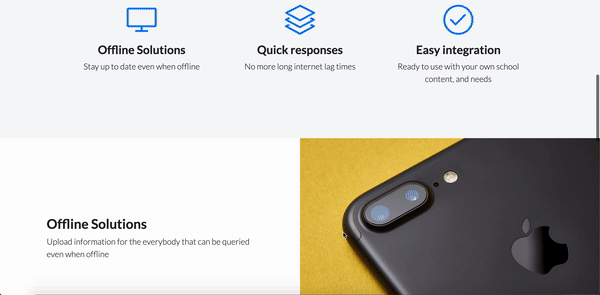
Challenges uncovered
-
Schools hesitate in trying out an instant messenger as an educational tool, worried both about distration and safety of underage children.
-
While there is almost no learning curve for students, teachers have to learn an additional software, which might add up to the steep learning curve they already face.
-
As these communities are underserved, it is difficult to find funding to continue this resarch and development.
Next Steps
-
Sabka is set out to test with 2 schools, a high school in Ann Arbor, Michigan and a middle school in Jaisalmer, India. I am excited to test out the viability and usability of Sabka in an academic environment. After receieving feedback from the teachers and admins, I intend to make tweaks to the platform.


